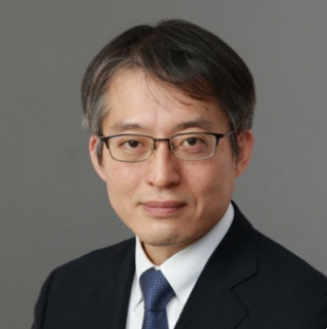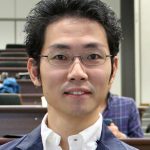Research

Neuroblasts(red) migrate toward a lesion through a meshwork of processes from a single astrocyte(blue), as shown by serial block-face scanning electron microscopy (SBF-SEM) (Kaneko et al., Sci Adv. 2018).
Members







Publications
- Significance of birth in the maintenance of quiescent neural stem cells. Sci Adv. 11(4): eadn6377 (2025)
- Neuraminidase inhibition promotes the collective migration of neurons and recovery of brain function. EMBO Mol. Med. 16: 1228-1253 (2024)
- Identification of the growth cone as a probe and driver of neuronal migration in the injured brain. Nat. Commun. 15, 1877 (2024)
- New neurons use Slit-Robo signaling to migrate through the glial meshwork and approach a lesion for functional regeneration. Sci Adv 4: eaav0618 (2018)
- PlexinD1 signaling controls morphological changes and migration termination in newborn neurons. EMBO J e97404(2018)
- Radial glial fibers promote neuronal migration and functional recovery after neonatal brain injury. Cell Stem Cell 22: 128-137 (2018)
- Speed control for neuronal migration in the postnatal brain by Gmip-mediated local inactivation of RhoA. Nat Commun 5: 4532 (2014)
We publish a list of all achievements on the original site





